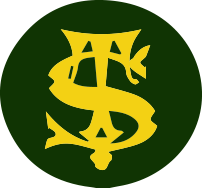Art
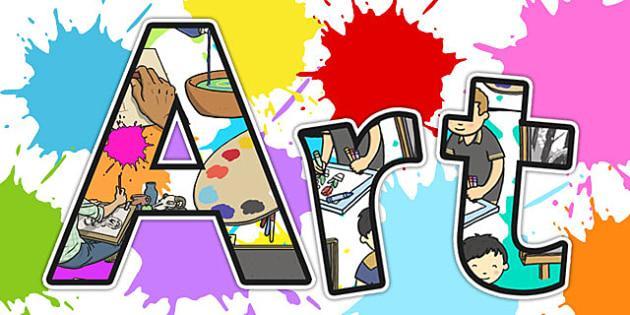
“We are God’s work of art, created in Christ Jesus.” Ephesians 2.10

At St Thomas of Canterbury RC Primary School, we aim to engage, inspire and challenge pupils from all backgrounds, whilst equipping them with the knowledge and skills to experiment, invent and create their own works of art, craft and design. St Thomas of Canterbury intends to make learning in Art and Design accessible to all. The Art and Design curriculum will encourage all pupils to believe in themselves, develop a ‘can do’ attitude and contribute to a positive learning culture.
Art and Design is an important form of cultural expression, and therefore has significance and meaning for all our children. Our teaching provides an understanding of all the diverse art forms so that the children experience drawing, painting, collage, textiles, 3D designs, printmaking and digital media.
Pupils should be taught to develop their techniques, including their control and their use of materials, with creativity, experimentation and an increasing awareness of different kinds of art, craft and design. Art and design also provides opportunities for collaborative work.
As pupils progress, they will be able to think critically and develop a more in depth understanding of art and design. The curriculum builds skills and knowledge over time, but is designed to enable pupils to know how art and design reflects history, and contributes to the culture and creativity of ours and other nations.
The intent is for pupils to produce creative work where they record and explore their ideas and experiences, whilst becoming proficient in drawing, painting, sculpture and other art, craft and design techniques. They will also evaluate and analyse creative works using the language of art, and know about great artist, craft makers and designers. This will include a range of artists reflecting modern society i.e. different genders, ages, races, religions, beliefs and disabilities.

The national curriculum states that; art, craft and design embodies some of the highest forms of human creativity, this along with high-quality art and design education, is what is delivered at STOC.
The art and design curriculum is taught half-termly. One class in each year group will teach the topic weekly during the first half term and then the other class will teach it in the same way in the following half term.
Mrs Hawkins (Year 5), has been the subject leader for 7 years. Along with the teaching staff, we have created and adapted our own art and design scheme, to enhance the development of the children’s skills at STOC. This scheme follows the national curriculum guidance, as set by the government.
Children are taught selection of skills. The children focus on each skill at least twice throughout KS1 and 2. Sketching and painting skills run throughout most units. Skills are built upon each year. This provides the children with opportunities to revisit previous skills and talk about artists they have studied.
Art and design provides opportunities for collaborative work as well as working independently. Skills are modelled to the children either by an adult, an expert or through videos. WAGOLLs (What A Good One Looks Like) are used from previous years to help support developing ideas. A wide range of resources are available for the children to choose from. Repetition of technical language is used by adults accurately throughout lessons and the children are encouraged to use and repeat. Adults are aware of any barriers to learning and use adaptive, responsive teaching e.g. knowing when to provide intervention to help develop a skill. Lessons are broken down into a sequence of skill steps.

As stated above, the key skills the children are taught at STOC throughout KS1 and KS2 are; drawing/sketching, painting, collage, textiles, 3D designs, printmaking and digital media. Sketching skills are taught throughout all units, as the children work through the explore and design process. The children will revisit each skill at least twice throughout KS1 and KS2 to continue to build upon skills taught in KS1 and the EYFS

Reading
As the children begin the art and design process, they research and explore an artist. They read information and ask any questions they may have, which will help to clarify their understanding of what each artist does. As well as this, at the beginning of each new skill, the children analyse a piece/pieces of art using a set of questions, which are linked to our guided reading strands. Following Bloom’s taxonomy theory, the children are then able to categorise their thinking and develop an understanding of the processes ahead.
Character development
The planning created by the teachers follows the steps in Bloom’s taxonomy theory. Bloom’s taxonomy is a hierarchical system that categorises the thinking skills of students, ranging from recalling information, which is the most basic skill to evaluation and finally creating. The process enables the children to become more resilient and in some cases, encourages teamwork. The art and design scheme of work builds upon previously taught skills, which helps boost the children’s confidence and belief in their own creative abilities. Children’s work/finished pieces are also displayed on our art corridor, which helps to boost confidence further and inspires participation.
Inclusion
All children throughout the school take part in Art Lessons. The children in each class all study the same artist and use that artist to try and create their own piece of art work. Whether that be a painting, sculpture or print. The outcomes are based on objectives set for each year group and the children all work towards an age appropriate objective. To allow all pupils to be successful artists and to enable them to reach their full potential some expectations are adapted.
Adaptations may include:
- Peer support
- Adult support (assisting pupils to create their art).
- Pre-teaching vocabulary/new skills
- Simplifying subject specific language
- Personalised objectives


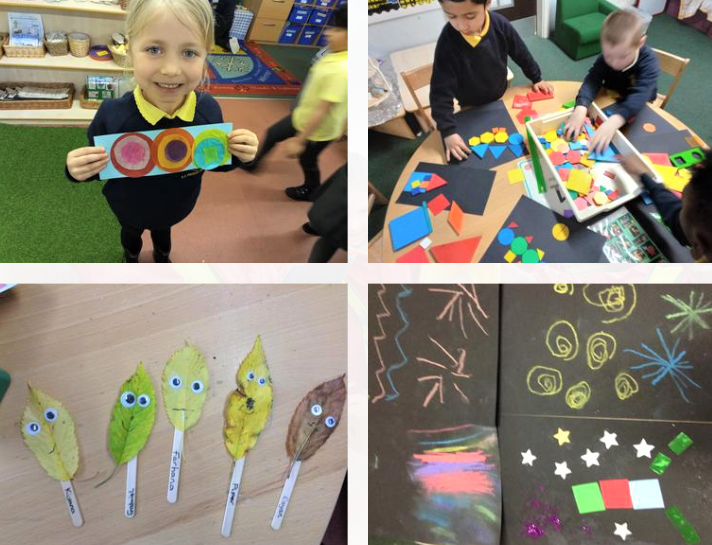
“Every child is an artist. The problem is how to remain an artist once we grow up.”
- Pablo Picasso
EYFS Curriculum Areas and Strands
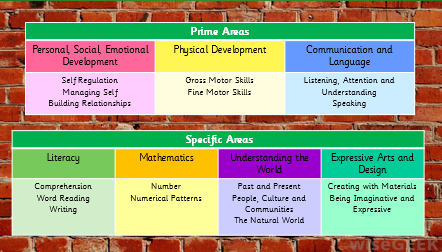
The document provided below titled ‘EYFS Learning Progression Art’ seeks to exemplify how the subject of Art features and progresses within our Early Years Foundation Stage Curriculum, in preparation for children to then transition to the Primary Art Curriculum. This overview has been tailored specifically: knowledge and skills recorded are those that are in their very essence ‘Art’, but also included are knowledge and skills that underpin, pre-curse or have relevance to learning in Art or to developing as an artist.
Some skills have a very obvious connection (e.g. those within the ‘Creating with Materials’ specific strand of the EYFS Curriculum clearly align with the Primary Art curriculum that follows – these have been shaded in grey in the document); others, particularly those within the ‘Prime Areas’ of the EYFS Curriculum are perhaps less obvious, but are in fact of fundamental importance. These skills enable children to access, engage with and respond to learning within a subject. Within our particular school context, staff in EYFS ensure a heavy focus on the Prime Areas of Learning (Communication and Language, Physical Development and Personal, Social and Emotional Development). This focus is reflected in the inclusion of linked Prime Area Learning in this document.
The nature of learning in EYFS in such that all learning is interwoven: the strongest example of this being that all aspects of Communication and Language and of PSE (particularly ‘self-regulation’ and ‘managing self’ impact hugely on all other learning. For Art itself, featuring across other subjects - be that painting an Autumnal scene when learning about the seasons or designing a Rangoli pattern when learning about the festival of Diwali - brings joy, connection and meaning to the children's learning. The physical journey of a developing artist in terms of control, pressure and dexterity are developed and enhanced through not only drawing and designing opportunities, but also through a daily diet of fine motor tasks and challenges and an abundance of opportunities to mark-make and form letters in a controlled sequence.
Within our EYFS curriculum, there is a huge emphasis on acquiring knowledge and vocabulary through the use of high quality books, thus extending children’s experience of the world far beyond what they may be exposed to first hand. This includes exploring a range of non-fiction books relating to Art (many of which are acquired via the Salford Library Service), but also through carefully chosen stories that connect children to the world of Art such as ‘The Dot’ by Peter H Reynolds.
An additional document titled ‘Accessing Learning’ has been included below. This details skills from the EYFS Curriculum that are of crucial importance in accessing teaching and learning and therefore play a crucial part in our pupils making a successful transition from our Early Years Foundation Stage Curriculum to the Primary Curriculum. These skills can often prove particularly relevant for our most vulnerable pupils, including those with SEND, and so in any instances where a pupil is struggling to participate or progress within lessons, these skills can be considered more closely by teachers.
Key:
0-3 – ‘Birth to Three’ curriculum content
3-4 – ‘Nursery Year’ curriculum content
RY – ‘Reception Year’ curriculum content
ELG – Any additional content from the Early Learning Goal descriptor (what is expected at the end of EYFS), that has not been previously mentioned in the other age bands.
Skills recorded in bold feature as a key check point in the Development Matters guidance.
Skills recorded in Italics are part of the taught school curriculum, but not noted in the Development Matters Guidance.

Art gallery
Please click on the 'Art Gallery' link below to keep up to date with Art and Design in school. You will discover what skills are being taught across school and how the children are progressing and enhancing their skills throughout each year...
...and to look at their wonderful artwork!
Come and visit our Art Exhibition!
Teachers need to learn too!
It is also important for the teachers to be working on their Art and Design skills. In the Summer term, the teachers at STOC were lucky to have the Art and Design lead from Our Lady's High School in school to hold a sketching workshop. We learnt new skills and improved upon our previous ones. All whilst using a range of different medias. A few weeks later, we had the pleasure of heading over to the Our lady's Art department where we worked on our colour and painting skills. What do you think of our finished pieces?
Teacher CPD Summer Term 2021
-
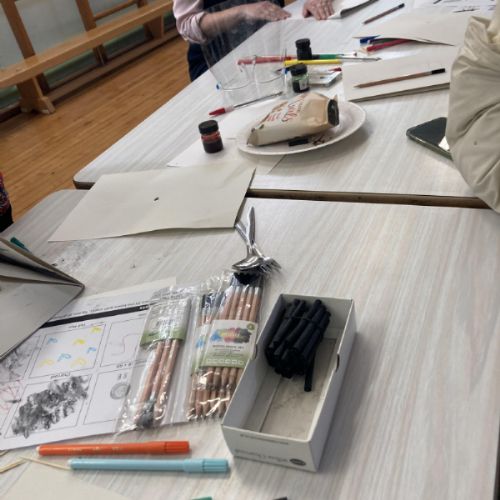
IMG_9725.JPG
-
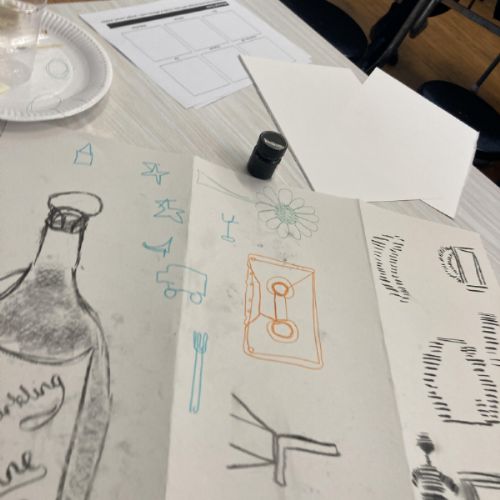
IMG_9726.JPG
Miss Platt's sketching
-
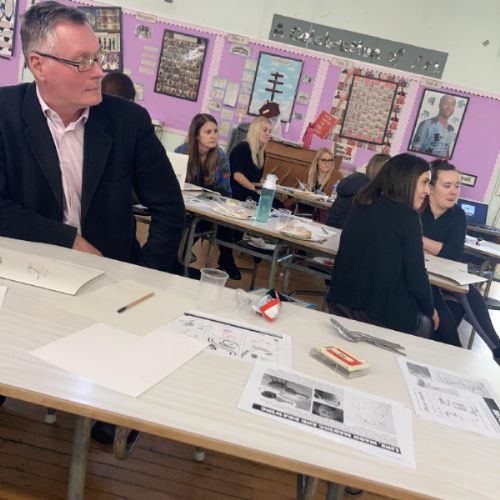
IMG_9727.JPG
Mr Deane watching the artist sketching
-
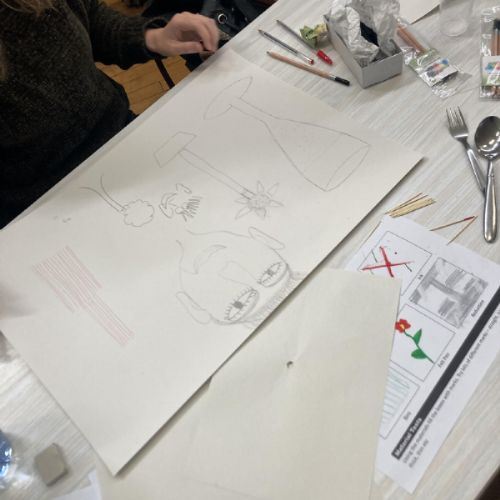
IMG_9731.JPG
-
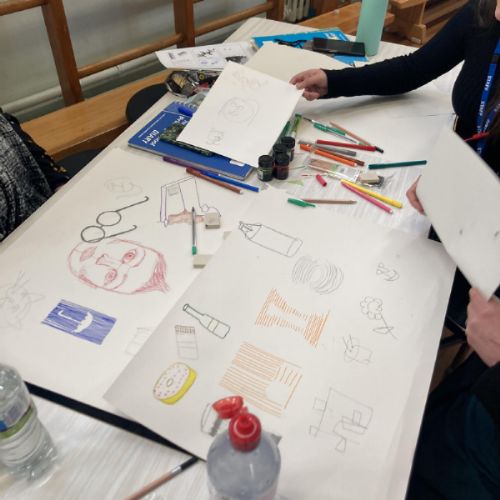
IMG_9730.JPG
Miss Sale's sketching
-
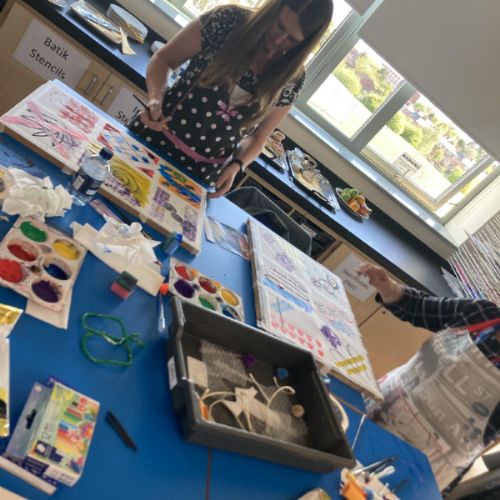
IMG_9819.JPG
Miss Robinson choosing her colour palette carefully
-
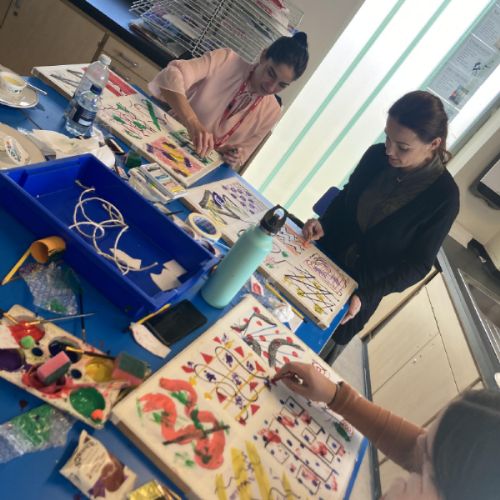
IMG_9818.JPG
Miss Stephens and Miss Chronnell working on their designs
-
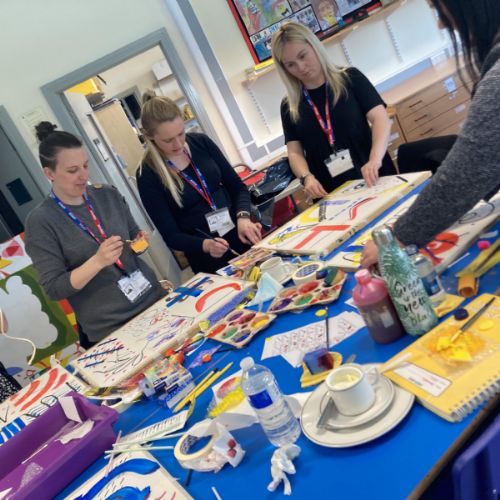
IMG_9822.JPG
EYFS teachers improving their painting and colour mixing skills
-
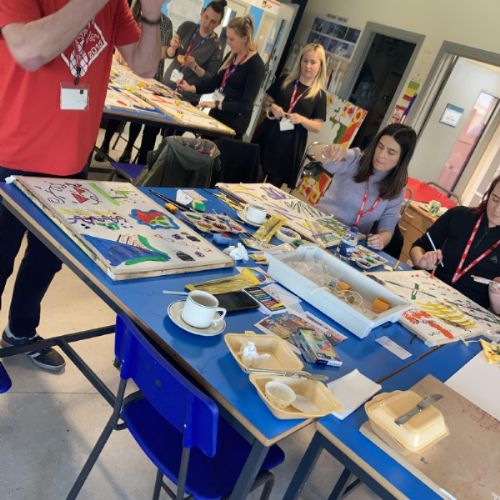
IMG_9821.JPG
-
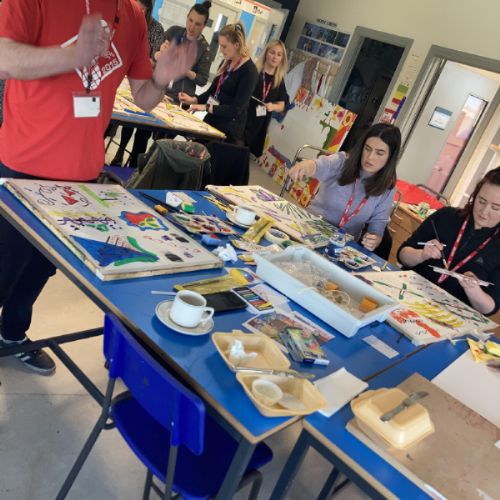
IMG_9820.JPG
-
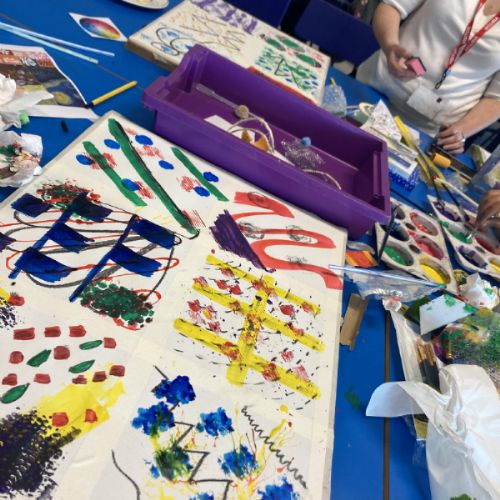
IMG_9817.JPG



Art Knowledge Organisers
- Year 1 Richard Long Printing.pdf
- Year 1 Wassily Kandinsky Colour Mixing.pdf
- Year 1 Pablo Picasso Collage.pdf
- Year 2 Stephen Wiltshire Sketching.pdf
- Year 2 Paul Cezanne Painting.pdf
- Year 2 Helaina Sharpley 3D and Sculpture.pdf
- Year 3 Paul Klee Colour Mixing.pdf
- Year 3 Andy Warhol Printing.pdf
- Year 3 African Patterns.pdf
- Year 4 Suzanne Valadon Painting and sketching.pdf
- Year 4 Andy Goldsworthy 3D Sculpture.pdf
- Year 4 Bram Vanhaeren Digital Media.pdf
- Year 5 LS Lowry Sketching and Painting.pdf
- Year 5 Antony Gormley 3D Sculpture.pdf
- Year 5 Megan Coyle Collage.pdf
- Year 6 David Shepherd - Digital Media.pdf
- Year 6 Uri Dushy - Painting.pdf
- Year 6 Banksy - Printing.pdf
